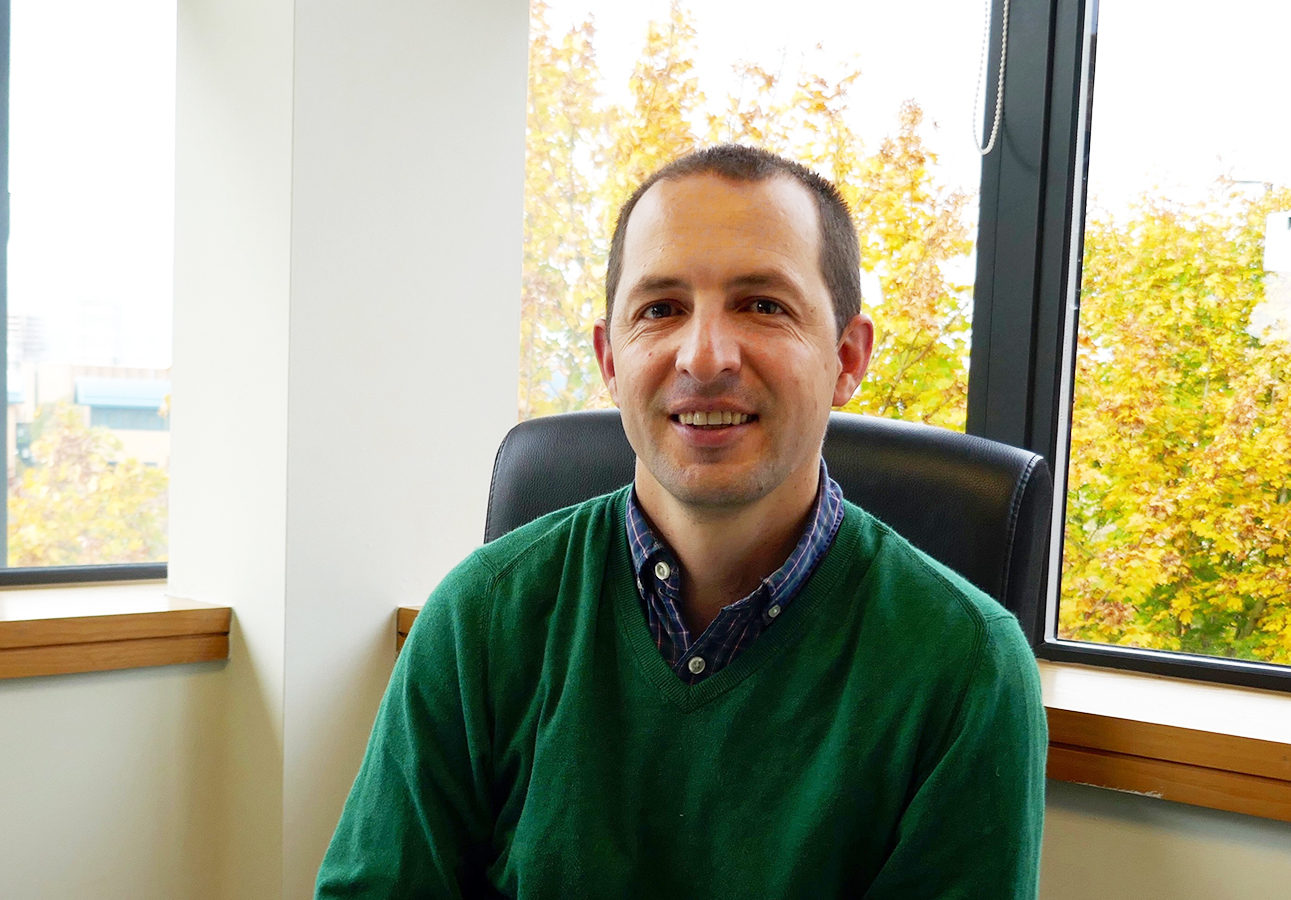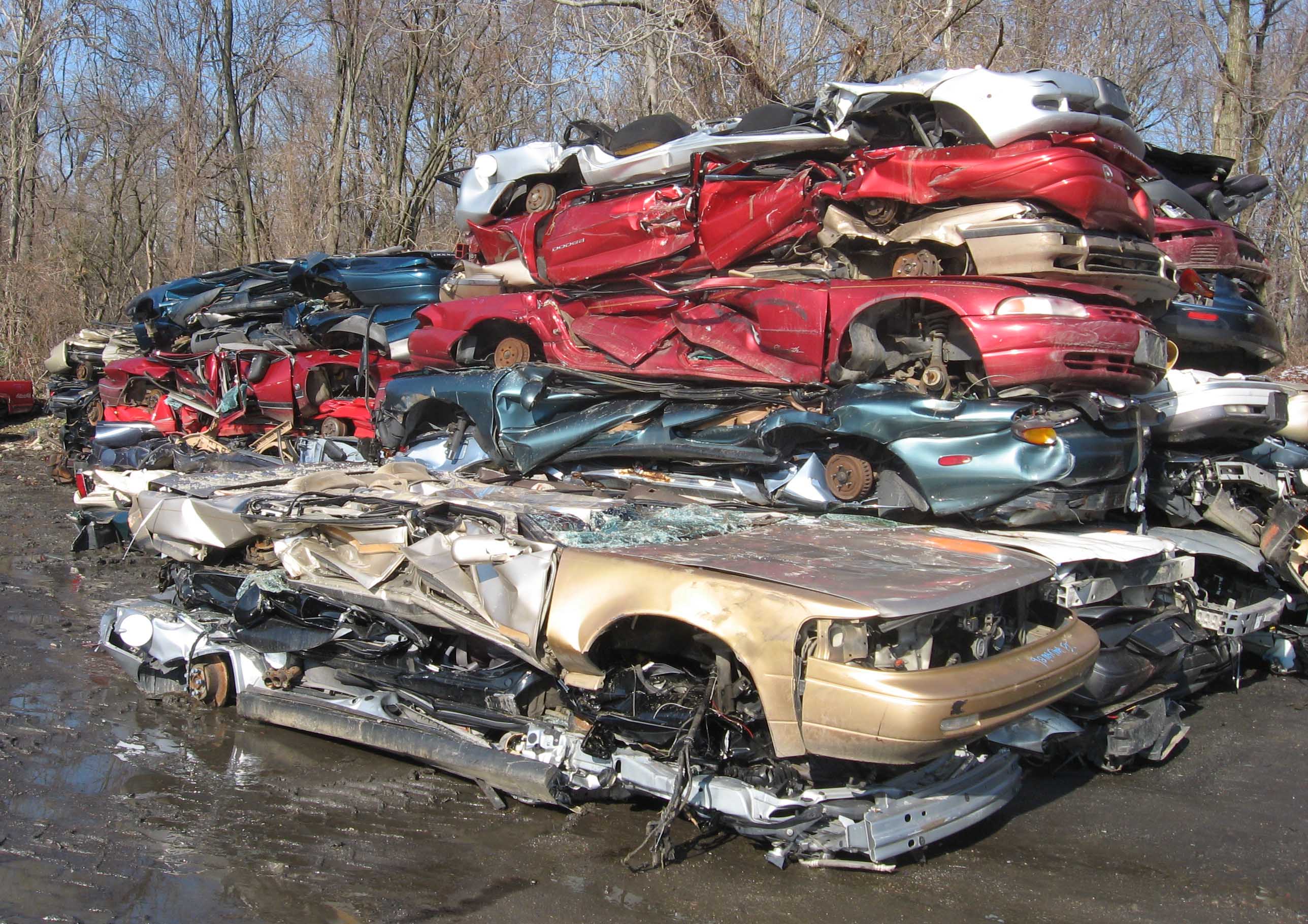Maya and his colleagues are looking into how product design can stop objects being thrown away at the end of their lives, as part of a project called ECOBULK.
The circular economy is about reducing the amount of waste we generate. How does it differ from recycling?
‘When some people think of the circular economy they tend to think about recycling materials, but it is actually much more than that. It is thinking of ways to maintain the value of the product before recycling or recovering a material.
‘Currently we have a linear economy where we make, use and dispose of products, which is incredibly wasteful. A circular economy means keeping products and materials in use for as long as possible.
‘Many companies use recycling as the primary strategy for closing the loop when their products come to the end of their use. Often it doesn’t need to be disposed of yet. In ECOBULK we are looking at reusing, refurbishing and remanufacturing products first, and only right at the end, recycling the materials.’
Why is this approach so important?
‘(There has been) a great deal of pressure to meet the challenge of climate change but, in the coming decades, resource depletion could become an even bigger issue for humanity. There is also a growing awareness in society that materials like plastics are having an impact on our environment. The current model for doing business is also extremely wasteful as all the value that is put into a product during the manufacturing process is lost when it is thrown away.
‘With the circular economy model, we will be able to retain the value of the product and the resources by putting them back into the system when their normal lifespan is over.’
‘When some people think of the circular economy they tend to think about recycling materials, but it is actually much more than that. It is thinking of ways to maintain the value of the product before recycling or recovering a material.’
Felipe Maya, Project and Innovation Manager, Exergy
What needs to change to make this happen?
‘This is not only going to require a shift in the way businesses think, but also more generally in culture. People are very much used to owning possessions that they then throw away. But what we are looking at is a situation where things are rented or lent, products are more modular and so can be swapped in and out.
‘We need to think differently so products are designed so they are easier to dismantle, repair, reuse and recycle.
‘As part of ECOBULK we are looking at new types of business models that move away from the traditional buy-and-sell model to one where products are leased or taken back by a manufacturer after they have been used.’
Are companies reluctant to make such a fundamental change to their business models?
‘Certainly, if your company’s profit comes from manufacturing large volumes of a product, encouraging a second-use market for your product doesn’t make any sense. But if they look at it differently, then it can actually open up new business opportunities and your product can be a secondary source of profit after its primary use.’

What kind of products have the most potential to be changed in this way?
‘One of the products we are working on is furniture. A number of the project partners, led by Moretti Compact, a furniture manufacturer, are developing the concept of modular furniture, where different products can be assembled from the same basic components. You can make a table, or a desk or a bed from the same components.
‘It will also reduce the need to throw away furniture when it gets damaged. If one part is broken, you can just replace that part without having to throw (away) the whole thing.
‘We are also looking at options to recover the materials used in a product, so (recycling) can be done more easily without expanding too much energy when it reaches the end of its life. This means making (products) easy to break down and separate.’
How do you make it easier to recover materials?
‘In the automotive industry, the interior fittings in the car such as the dashboard and sensor console are often sent to the car breaker’s yard and crushed once the vehicle has been stripped of its valuable parts. This is often because they are so difficult to remove or the process is not commercially viable so not worth the effort.
‘We are working with several car and parts manufacturers. For example, a company called MicroCab is developing a modular dashboard with different clips and fixtures that make it easier to remove.
‘But it offers even more potential. By having a modular dashboard that is easy to dismantle and assemble, the vehicle control console can be upgraded independently from the rest of the vehicle.’
What are the main challenges?
‘The quality of materials used in modern products is a problem. Often there is a perception that recyclable materials must be of low quality, but we are working on materials that, while being easy to recycle, can compete in terms of performance with existing materials.
‘Some industries, like the automotive sector, are also very conservative, so convincing them to make a radical shift like this is difficult. There has to be a business case for doing so.
‘User acceptance is another challenge as convincing people that using a product that is second hand might be difficult.
‘Finally, there is regulation. Many industries like those we are working in as part of the project – automotive, construction and furniture – have very strict standards and regulations that need to be met. We need to make sure any product we produce can still meet these standards of safety and quality while also being easy to reuse, refurbish and recycle.’
How can you overcome the problem of consumer acceptance?
‘Part of tackling that is to provide them with information about where a product has been and how it has been refurbished to give them confidence in it.
‘But, in some ways, we are coming back to the old days when we made products to last longer and people knew how to repair these products. The challenge now is that customers lack the information on how to repair or refurbish a product, so it is often easier for them to dispose of it. Our project is developing a platform that will provide information about how to repair products like furniture.’
What else can be done to make the shift to a circular economy?
‘It is not just about having long-lasting products and designing them so they can be modular. It is about developing ways these products can be shared, refurbished and making the supply chains circular too. We are trying to change the whole system, not just one part.’
What are the next steps for ECOBULK?
‘Our partners are preparing to have prototype products ready by early next year and from there we will escalate production to deploy large scale demonstrations in 14 different countries around Europe. One of these, for example, is at the new Kymi Ring Motorsport track in Finland. We are putting in bike shelters, outdoor shelters and kiosks that use panels made from wood plastic composites and can be broken down so they can be reused for different purposes.
‘It is hopefully giving people a glimpse of what the future could be like.’
This interview has been edited for length and clarity.
Originally published on Horizon.

